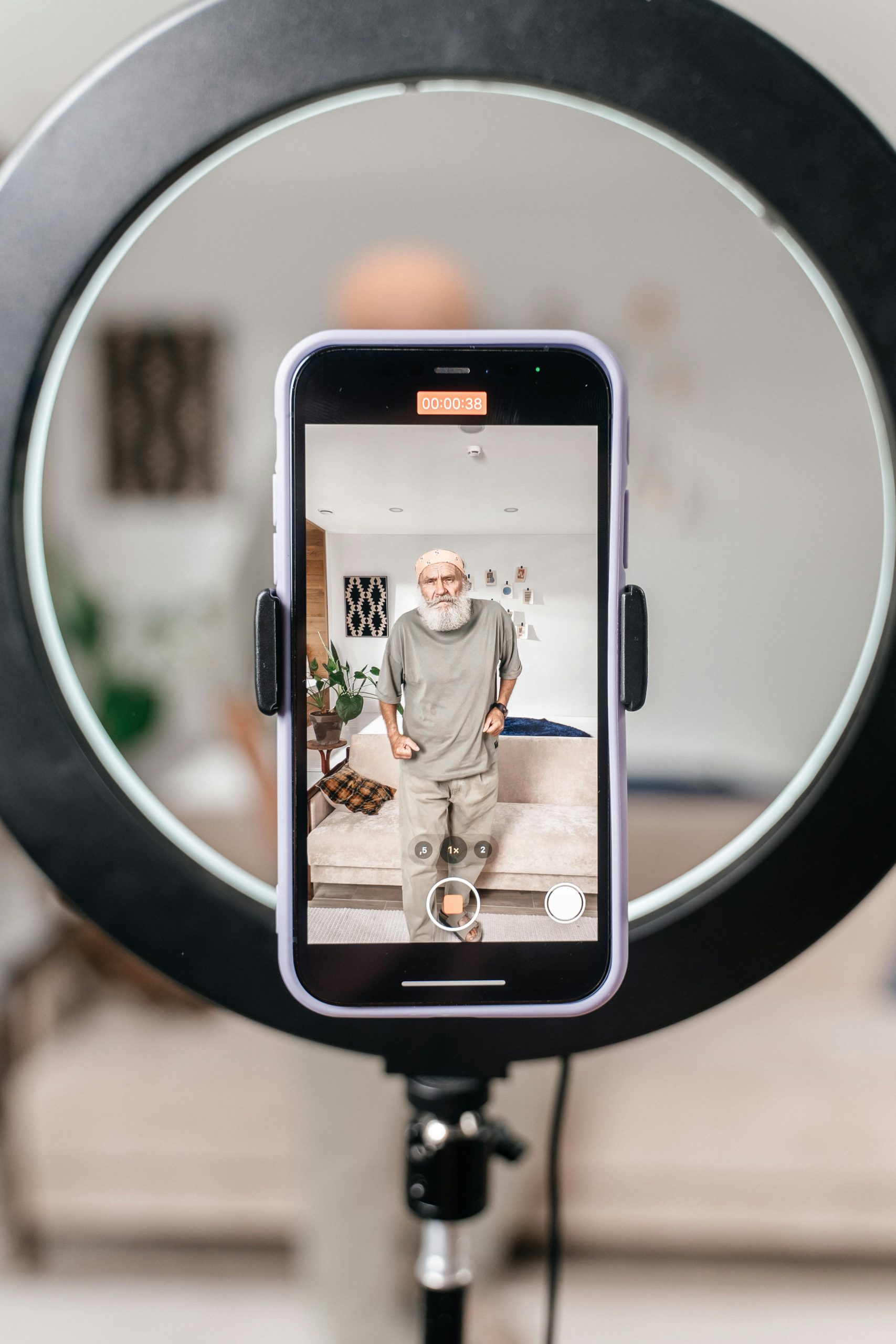Understanding Learning Disabilities

A broad category of disorders affecting how people process information, learning disabilities include dyslexia, dyscalculia, and dysgraphia. Every kind offers different difficulties with writing, math, and reading. It’s critical to recognize the common warning signs early on, such as trouble with handwriting, math equation difficulties, or reading comprehension issues. A child’s academic journey can be dramatically changed by early detection and intervention, which gives them the skills and strategies they need to succeed in school and overcome challenges. It is crucial to recognize and treat learning disabilities in children from an early age. It opens the door for individualized support, guaranteeing that every child can realize their full potential.
Helping a Child with Cognitive Impairments

- It’s critical to establish a routine that meets the child’s needs. Maintaining a regular schedule eases anxiety by offering stability and foresight. In order to keep the child interested and balanced, this schedule should allow for plenty of time for relaxation, play, and studying.
- Another crucial step is creating a dedicated, distraction-free study space. This area needs to be peaceful, well-lit, and furnished with the required items. It serves as a haven for concentration, making academic assignments more manageable and less intimidating.
- It’s equally critical to promote time management and organization skills. Instruct your kids to keep track of homework and due dates by using planners or smartphone apps. By dividing work into smaller, more manageable portions, you can lessen overwhelm and promote independence and a sense of accomplishment.
When combined, these techniques produce a caring atmosphere that meets the child’s needs, encourages concentration, and helps them develop critical life skills. By doing these things, we enable our kids to reach their full potential and overcome obstacles in addition to supporting their academic journey.
Effective Techniques for Communication
Developing Empathy in Listening and Reactions
The ability to empathize is fundamental to helping a child with learning disabilities. Understanding the feelings and ideas that underlie words is an important part of listening. Hearing alone is not enough. Empathic listening fosters a safe environment where kids can express themselves without worrying about being judged. This emotional support is essential because it fosters in them a sense of self-worth and fortitude in the face of adversity.
Using Instructions and Language That Is Clear and Simple
It’s important to be clear. When instructions are given in plain, uncomplicated language, children with learning disabilities frequently find it easier to follow them. Organizing work into more manageable, smaller steps can have a profound impact. This method makes learning tasks less daunting and more doable by supporting both comprehension and execution. It serves as a gentle reminder that, one step at a time, success is within their grasp.
The Significance of Encouragement and Positive Reinforcement
- Encouragement and supportive feedback are like sunlight to young plants; they foster growth. Acknowledging and applauding each little accomplishment helps them stay motivated and strengthens their self-belief.
- The goal is to draw attention to their accomplishments, no matter how modest. This positive feedback loop promotes perseverance and effort, both of which are necessary to get past learning challenges.
- By emphasizing their accomplishments, we help them learn that obstacles can be overcome and education can be a fulfilling path.
The learning process of our child can be greatly impacted by incorporating these communication techniques into our everyday interactions. Success in school is not the only goal; developing self-assured, resilient people who are prepared for the outside world is equally important. See the for additional information and resources on helping kids with learning disabilities.For Australian families, Raising Children Network provides a plethora of information.
Making Use of Resources and Technology

Resources and technology are essential for helping kids with learning disabilities. Learning apps and software created especially for people with learning disabilities provide interactive and captivating learning experiences. These resources make learning more approachable and pleasurable by specifically addressing the special difficulties that kids face. The options are numerous and varied, ranging from software that supports mathematical concepts to apps that help with reading and comprehension.
For parents and kids, online forums and support groups are priceless. They offer a forum for the exchange of knowledge, counsel, and inspiration. These communities remind families that they are not traveling alone by fostering a sense of understanding and belonging. These groups’ collective knowledge and encouragement can be a source of inspiration and strength.
The resources provided by the government and nonprofit organizations are essential. They provide a variety of services, such as counseling sessions, financial assistance, and support for education. Using these resources effectively can provide access to specialized programs and interventions that would not otherwise be available. Investigating these options is crucial since they can greatly improve the network of support for a child with learning disabilities.
Parents can establish a comprehensive support network that caters to their child’s emotional and educational needs by utilizing these technologies and resources. It’s about enabling kids with learning disabilities to realize their full potential by utilizing the creative and supportive communities.
Building Self-Reliance and Independence

One of the most important aspects of a child’s development is enabling them to become autonomous and self-assured. It is imperative to impart problem-solving and decision-making abilities. We give them the tools to take on challenges head-on by assisting them in the process of recognizing issues, formulating solutions, and assessing results.
- Skills for Solving Problems: Give kids the tools they need to confidently tackle obstacles.
- Skills for Making Decisions: Encourage independence and self-reliance.
Fostering extracurricular activities and interests is essential to developing a well-rounded individual. Participating in things they are enthusiastic about, whether it be technology, sports, or the arts, helps them feel more confident and gives them a much-needed break from the demands of school.
- Athletics: Improve cooperation abilities and physical well-being.
- Arts: Encourage emotional expression and creativity.
- Technology: Promote technical skills and problem-solving abilities.
It’s crucial to develop resiliency and frustration management techniques. Resilience is fostered when kids are taught to see obstacles as chances for improvement rather than as failures. They can learn how to manage their frustration by doing simple things like deep breathing exercises or breaking things down into smaller steps.
- Resilience Development: See failures as stepping stones to success.
- Coping Mechanisms: methods such as task segmentation and deep breathing.
When combined, these techniques offer a nurturing environment that empowers kids with learning disabilities to see the beauty in themselves, take on obstacles with courage, and live independently. By encouraging these traits, we set them up for success in school as well as a happy, fulfilling life.
Making Plans for the Future
Establishing Reasonable Expectations and Goals
It is essential to start the process of establishing reasonable expectations and goals. Recognizing each child’s distinct strengths and difficulties is the first step. Adapting expectations to suit their abilities encourages a feeling of advancement and success.
- Rejoicing in Milestones: Honor each accomplishment, no matter how small.
- Establishing Achievable Goals: Set attainable goals to inspire and motivate.
Getting Ready for Changes
Shifts like going from middle to high school can be intimidating. The secret is to prepare. Commence early by taking a tour of the new surroundings and talking about the changes they can anticipate. Participating in transition planning meetings can also provide them a voice in the process and a sense of empowerment.
- Coping Mechanisms: Arm yourself with coping mechanisms for tension and anxiety.
- Planning for Transitions: Engage them in the process to prepare and empower them.
Investigating Career and Vocational Training Options
Investigating career and vocational training options can help people with learning disabilities have happy, fulfilling lives. Early identification of their strengths and interests is essential for directing them toward professions where they will thrive.
- Vocational Education: gives experience in the real world and useful skills.
- Career Guidance Services: provides information and assistance specific to learning disabilities.
When combined, these tactics provide a thorough method for future planning. Through the establishment of practical objectives, readiness for shifts, and investigation of professional and career prospects, we enable kids with cognitive impairments to envision and strive for a promising future. It’s evidence for the idea that every child can reach their full potential given the correct assistance.
In Conclusion
The potential of every child is boundless. This conviction drives our quest for understanding and support. Together, we navigate the complexities of learning disabilities through empathy and customized strategies. By identifying early indicators, creating a nurturing atmosphere, and utilizing resources and technology, we create an environment where our kids can succeed both intellectually and emotionally. Let’s keep empowering them, recognizing their accomplishments, and getting ready for a promising future.
Tips for Supporting a Child with Learning Disabilities FAQs
To advocate for your child in school, start by communicating openly with teachers and school administrators about your child’s needs and strengths. Requesting formal assessments, individualized education plans (IEPs), and appropriate accommodations ensures that the school is providing the necessary support. Being informed about your child’s rights and educational laws can empower you to advocate effectively.
Building self-esteem in children with learning disabilities involves focusing on their strengths and celebrating their successes, no matter how small. Encouraging participation in activities where they can excel and providing positive reinforcement can boost their confidence. It’s also important to maintain open communication, listening to their concerns and validating their feelings.
Preparing a child with a learning disability for adulthood involves teaching them life skills, such as time management, money management, and self-advocacy, in addition to academic support. Encouraging independence and decision-making in safe, supportive environments helps build confidence and competence. Transition planning with educators and therapists can also create a roadmap for achieving personal and vocational goals post-graduation.
Creating a structured and supportive environment at home can greatly assist children with learning disabilities. This includes setting up a quiet and organized workspace, establishing a consistent routine, and using visual aids or technology to support learning. Engaging in activities that play to their strengths while also gently addressing their weaknesses can be beneficial.
Helping your child with learning disabilities develop social skills can involve role-playing different social scenarios, teaching empathy and conversation skills, and encouraging participation in group activities or sports. Providing opportunities for them to interact with peers in a structured and supportive environment can improve their social interactions. It’s also beneficial to discuss and reflect on social experiences together, offering guidance and feedback.
Effective teaching strategies for children with learning disabilities include using multisensory approaches, breaking tasks into smaller, manageable steps, and providing clear and concise instructions. Incorporating visual aids, hands-on activities, and technology can also enhance learning. Regular feedback and positive reinforcement can motivate and help children understand their progress.
Learning disabilities in children can manifest as difficulties in reading, writing, speaking, or solving math problems. These challenges are often inconsistent with the child’s overall intelligence or age, making tasks that seem simple to others quite difficult for them. Early identification and support can significantly improve their learning outcomes.
Families of children with learning disabilities may have access to financial resources such as government benefits, grants, and scholarships specifically designed to support educational and therapeutic needs. Researching and applying for these programs can provide financial assistance for assessments, therapies, and specialized equipment or technology. Local and national organizations dedicated to learning disabilities often provide information and assistance in accessing these resources.
Technology can play a crucial role in supporting children with learning disabilities by providing personalized learning experiences and accessible educational content. Tools such as text-to-speech software, educational apps, and interactive games can cater to various learning styles and difficulties. These technologies can make learning more engaging and accessible, helping children overcome specific challenges.
Children with learning disabilities can benefit from the support of a variety of professionals, including special education teachers, psychologists, and speech and language therapists. These experts can provide assessments, tailored learning strategies, and therapies to address specific challenges. Collaboration among these professionals, the child, and the family is key to creating an effective support plan.

Jasmine Duque-Love is a mother of one and a practicing physiotherapist with a Phd in Physiotherapy

